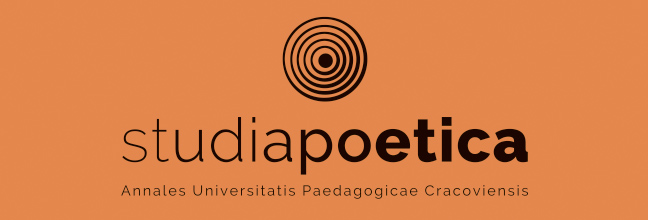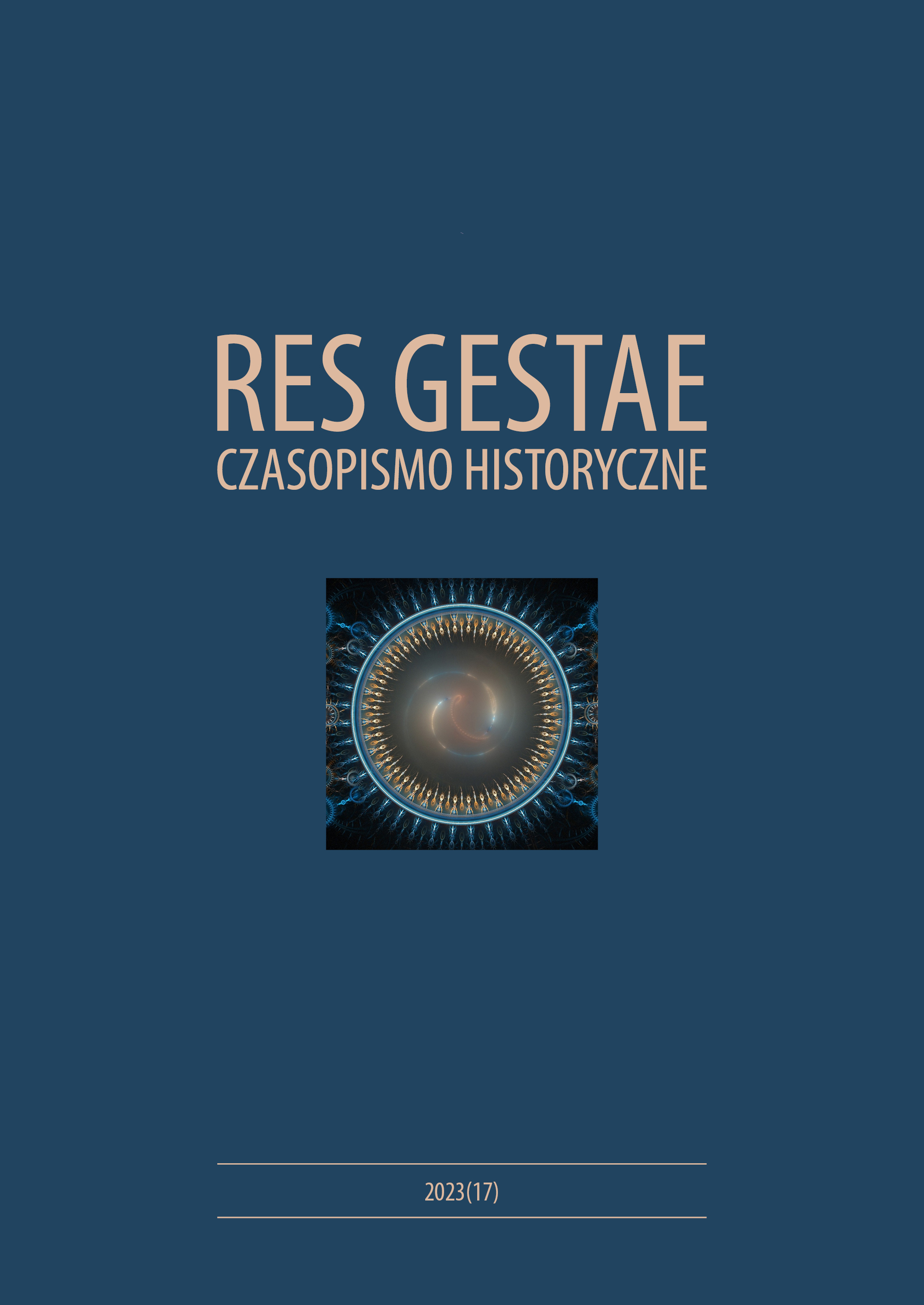The founders (pol. zasadźcy; lat. locatores) in Lesser Poland (c. 1227-1333)
Main Article Content
Abstract
The topic of this article is the identification of people associated with the Latin name locatores. The old Polish word zasadźca is used in this article to describe someone who founds a settlement or reorganizes it under German law. The caesuras are the years 1227, when the first one of these appears in the sources, and 1333, marking the beginning of the rule of King Casimir the Great. The geographical scope is determined by the borders of medieval Lesser Poland, consisting of the lands of Kraków, Sandomierz and Lublin (excluding the Duchies of Oświęcim and Bytom). Based on data from 114 sources, mostly documents, a group of approximately 143 locatores can be identified. Locatores coming from the court constitute a small group, which I estimate at about 6% of the total. Among locatores, townspeople clearly dominated, their share in the entire group estimated at at least 42%;this percentage would certainly be higher if at least some people defined as discreti viri were included in them.I estimate the percentage of locatores who could have come from the peasantry at approximately 12%, as well as from the knights (11%). The inhabitants of medieval Lesser Poland, constituting approximately 90%, dominated numerically over the settlers from other districts of the Polish state. Apart from four people from Spiš, the locatores are not confirmed in the sources.


